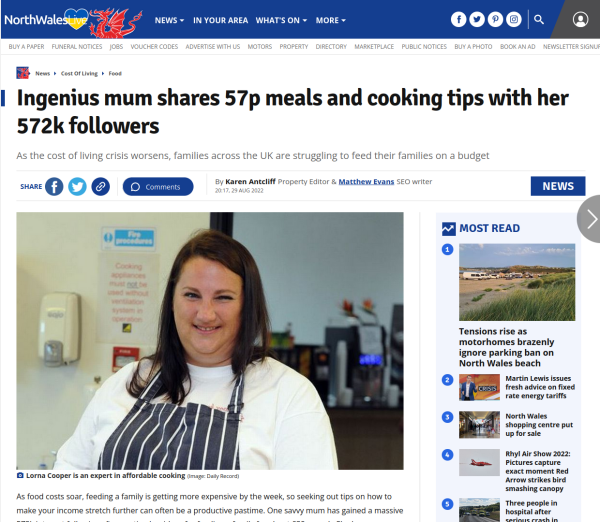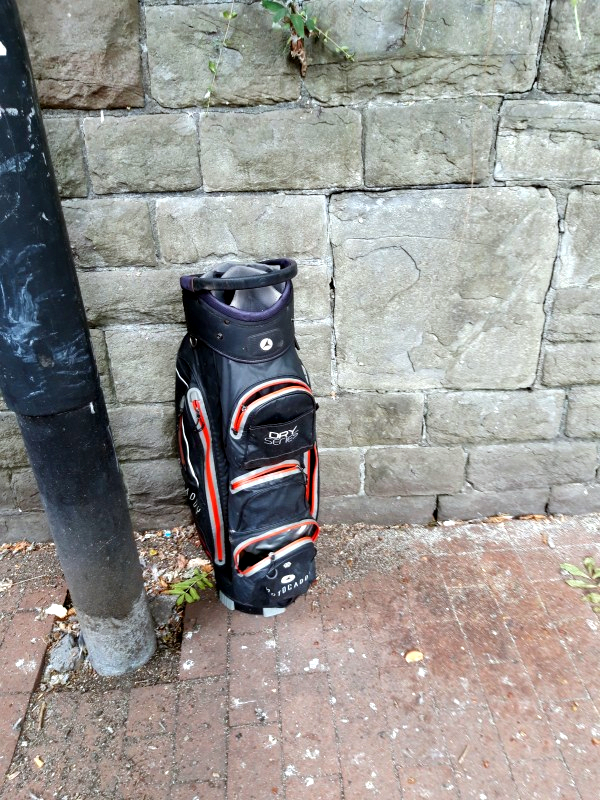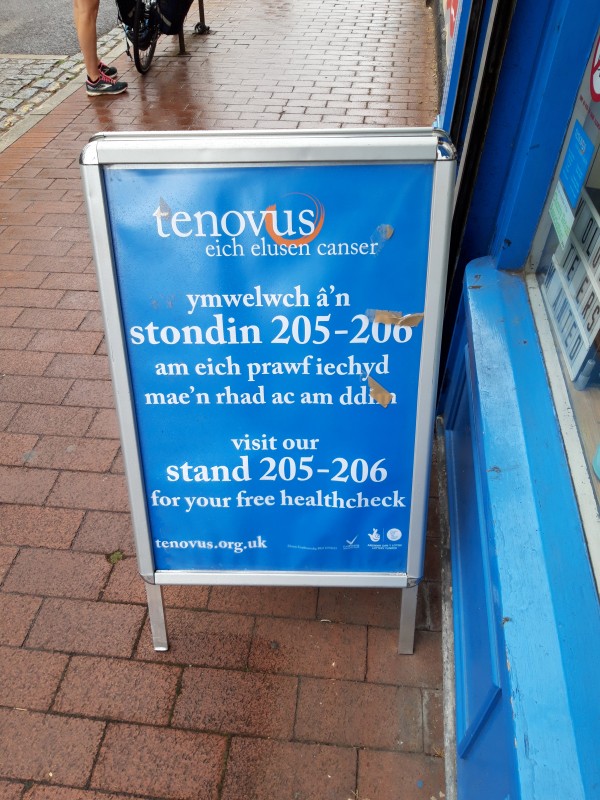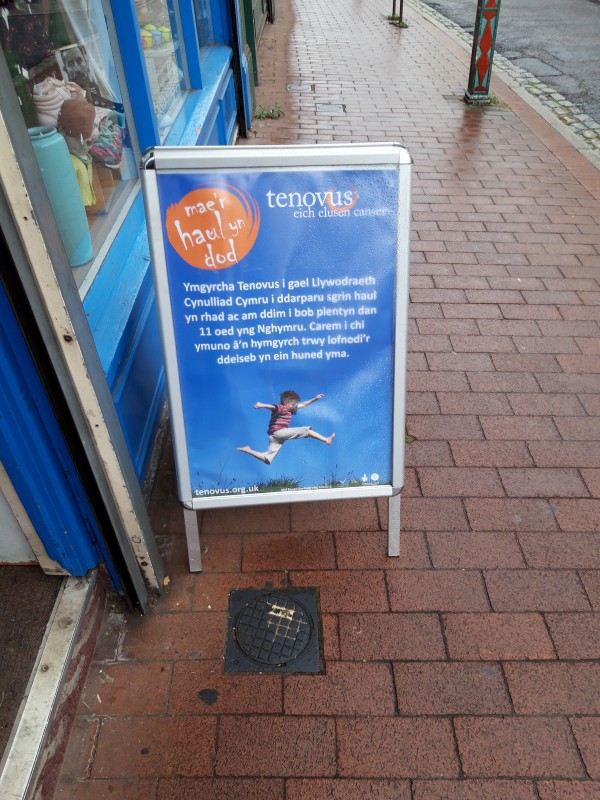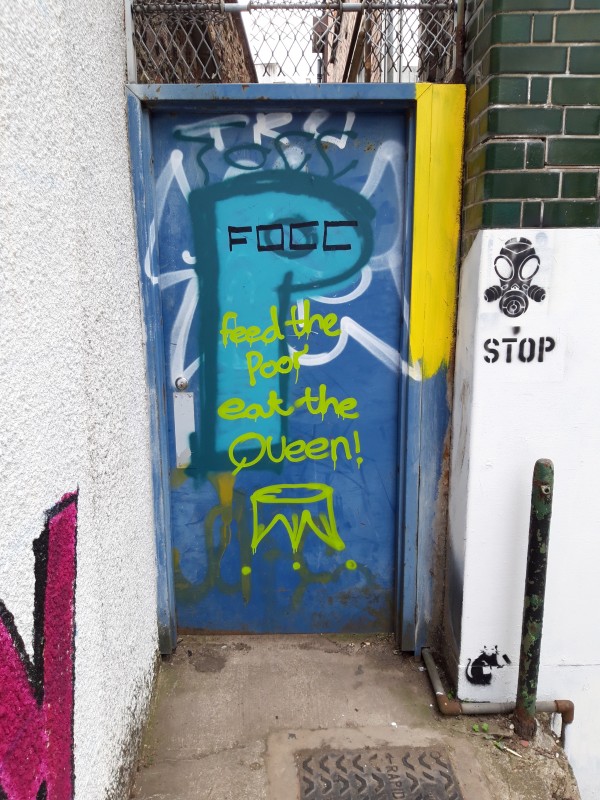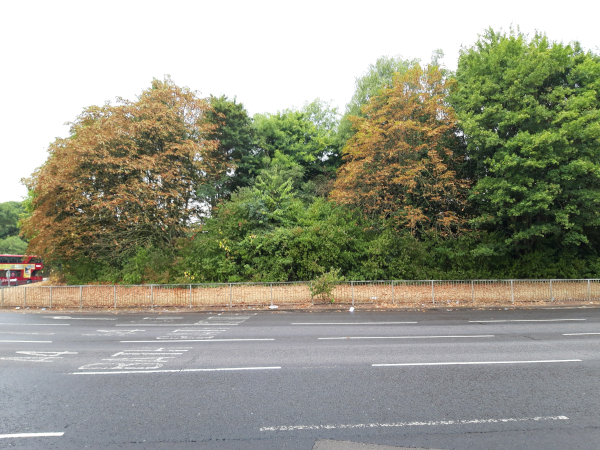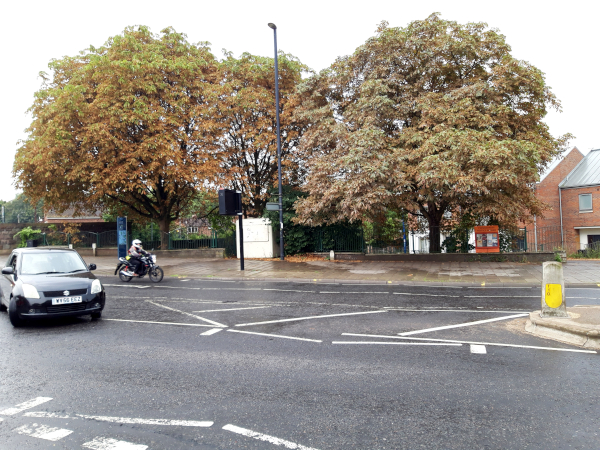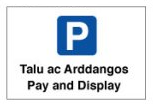As a linguist, your ‘umble scribe has, during his working life, always used language as a precision tool. Were using le mot juste can mean the difference between a one-off job or repeat business is confined to linguists is unusual or not, is a matter for conjecture, There are certain other professions where the use of the right vocabulary is vital, particularly in the law and in the field of intellectual property (e.g. trade marks, patents).
It often does not apply in the world of journalism, where a columnist may be taking a deliberately ambiguous angle.
This accuracy of language definitely does not apply to the titles of the Reach plc stable of local news titles, including Bristol’s (news)paper of warped record, the Bristol (Evening) Post and the accompanying Bristol Live website.
As a prime example of this is contained in Thursday’s piece about the redevelopment of Trinity police station.
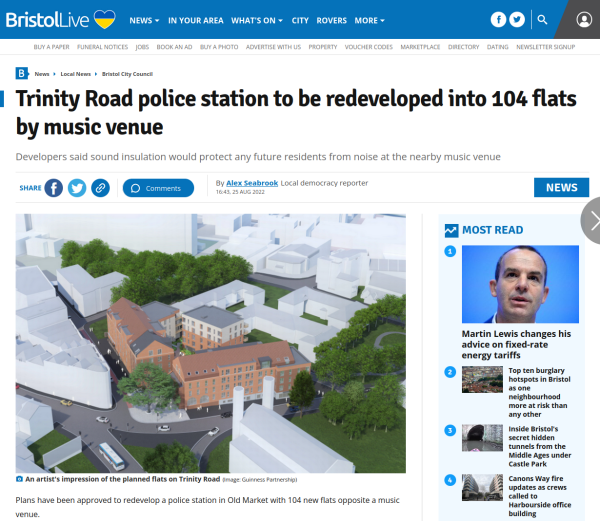
The headline implies that the as-yet unnamed music venue itself will be building the housing, not some developer who has just realised that, due to the proximity of entertainment, the building bill will now be augmented by the addition of acoustic insulation.
The police station to be demolished and redeveloped just happens to be over the road from the Trinity Centre, with which your correspondent has a long association (posts passim).
What is obvious from perusing the article is that the person(s) writing the headline is/are different from the one who write the article. This seems to be standard practice.
Furthermore, it is also evident that the headline writers do not carefully read what reporters have written, as shown by the latest version of how the story is presented on the paper’s website, with the soon-to-be former cop shop itself transformed a new music venue.
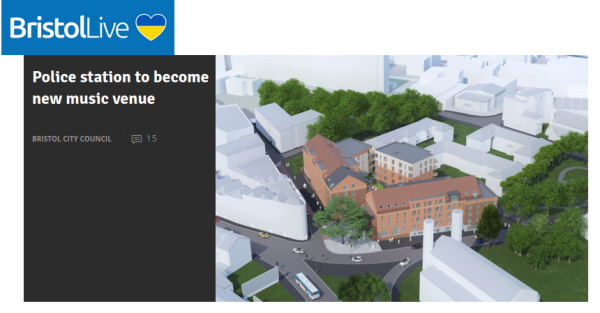
Sacking all those sub-editors a few years ago to save some money has really paid off in terms of the quality of your ‘journalism’, hasn’t it, Reach plc?
